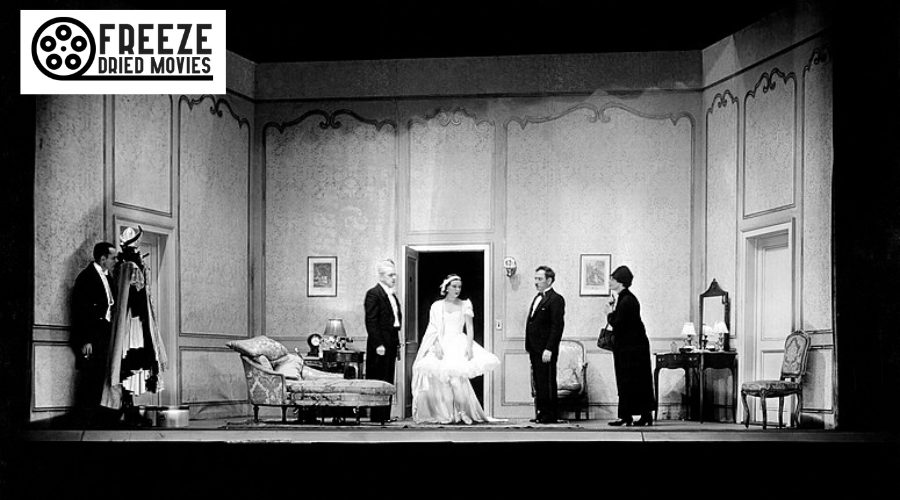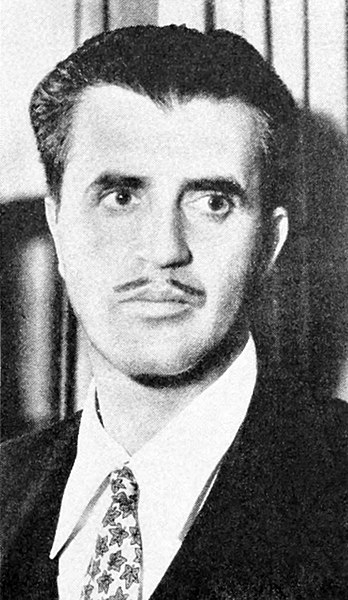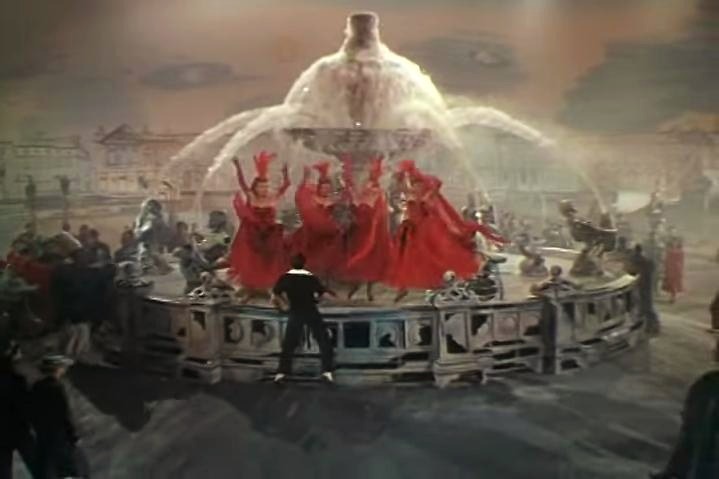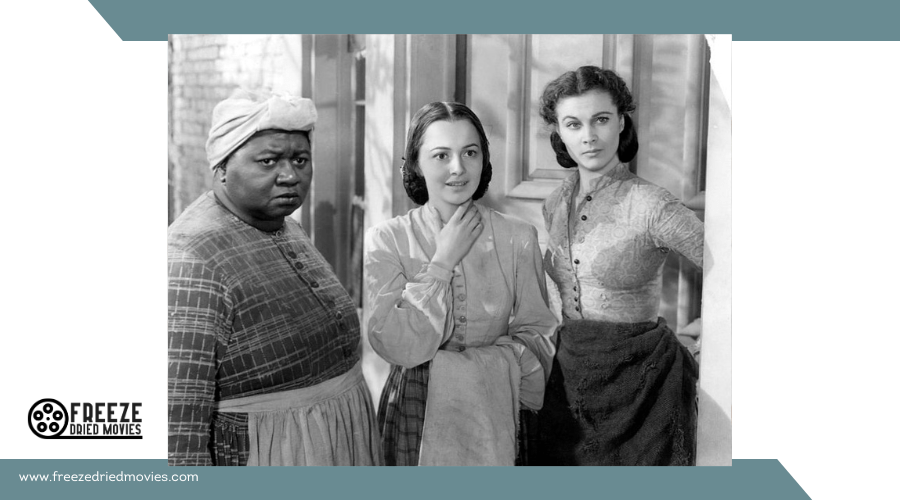The Role of Art Deco in 1930s Film Set Design

When envisioning the 1930s, the opulence and sleekness of Art Deco film sets often come to mind. This design style, characterized by geometric elegance and luxurious details, was not merely a backdrop but a critical element in shaping the cinematic experience. For instance, Cedric Gibbons' iconic environments were meticulously crafted to offer escapism during the Great Depression. These sets transformed movie palaces into social hubs and have left a lasting influence on contemporary filmmaking. How did they achieve this transformation, and what are the enduring impacts on modern cinema? The answers may surprise you.
Art Deco's Emergence in Film
Art Deco emerged in film during the 1920s and 1930s, bringing a fresh blend of modernity and glamour that captivated audiences. This influence is evident through the lavish sets featuring sharp geometric designs and rich ornamentation, reflecting the cultural aspirations of the period where idealized images of wealth dominated popular imagination.
Cedric Gibbons played a significant role in defining this aesthetic in Hollywood set design. As head of the MGM art department, he created iconic set designs for films such as "Grand Hotel," showcasing the elegant, streamlined look synonymous with Art Deco. The 1925 Paris Exposition greatly influenced the adoption of this style in film, introducing modern styles that became prominent in Hollywood productions throughout the 1930s.
Collaboration among art directors, costume designers, and lighting experts was vital in achieving the many-hued visual variety typical of Art Deco films. This teamwork contributed to the distinctive cinematic experience that remains appreciable today. When watching a film from that period, notice how the geometric designs and opulent settings transport you to a world of elegance and sophistication.
Cedric Gibbons' Design Legacy

Few figures in Hollywood's Golden Age left as indelible a mark on film set design as Cedric Gibbons. As the top art director at MGM from 1924 to 1956, Gibbons created over 1,500 sets, redefining cinematic visual standards. His embrace of the Art Deco style brought a luxurious aesthetic to the silver screen, combining sleek lines and rich materials that epitomized sophistication.
Gibbons' design legacy is not just about quantity but also about the transformative quality of his work. His "Big White Set" style, famously showcased in *Dinner at Eight*, utilized a palette of 11 shades of white to create a stunning, luxurious aesthetic. This meticulous attention to detail and color made interiors feel opulent and timeless.
Noteworthy projects like *Grand Hotel* and *An American in Paris* saw Gibbons' designs enhance the films' themes of wealth and elegance. His influence extended beyond the screen, shaping interior design trends and solidifying the Art Deco style in Hollywood. Winning 11 Oscars, Gibbons remains the most awarded art director in history, a testament to his unparalleled eye for design and lasting impact on cinema.

Iconic Art Deco Film Sets
When you think of iconic Art Deco film sets, Cedric Gibbons' luxurious designs for *Grand Hotel* and *Dinner at Eight* come to mind immediately. His use of the *Big White Set* style, characterized by 11 shades of white, epitomized Deco's geometric elegance and visual sophistication. These stunning sets not only enhanced the films' narratives but also set a high standard for future cinematic design.
Gibbons' Cinematic Masterpieces
Cedric Gibbons' cinematic masterpieces exemplify the transformative power of set design during Hollywood's golden age. As the art director for over 1,500 films, Gibbons' innovative Art Deco designs significantly enhanced cinematic storytelling, leaving a lasting impact on the film industry. His iconic "Big White Set" style, showcased in films like *Dinner at Eight*, utilized 11 different shades of white to create a luxurious and glamorous atmosphere, epitomizing the elegance of the 1930s.
Gibbons' work on *Grand Hotel* and *An American in Paris* reflects his ability to craft elaborate and engaging settings. These sets conveyed wealth and sophistication, contributing to the films' critical and commercial success. His designs seamlessly integrated geometric shapes and modern elements, defining the visual style of MGM films and influencing contemporary interior design trends.

- *Dinner at Eight*: Featured Gibbons' "Big White Set" style.
- *Grand Hotel*: Demonstrated his skill in creating luxurious and engaging environments.
- *An American in Paris*: Highlighted his mastery of integrating modern elements and geometric shapes.
Gibbons' legacy is further cemented by his design of the Academy Award statue and his winning 11 Oscars, underscoring his profound impact on the Art Deco style and the film industry.
Deco's Geometric Elegance
Art Deco film sets in the 1930s captivated audiences with their sharp geometric designs and lavish ornamentation, epitomizing luxury and modernity. A prime example is MGM's "Dinner at Eight," designed by Cedric Gibbons. This set featured 11 shades of white, exuding elegance and sophistication through its geometric precision.
Gibbons' design philosophy, influenced by the 1925 Paris Exposition, seamlessly integrated modern art and architecture into film environments. His collaboration with costume designers and lighting experts brought these sets to life, employing a primarily black and white color scheme to enhance the era's glamorous aesthetic.
Key elements of Art Deco film set design include:
| Element | Feature | Impact |
|---|---|---|
| Geometric Designs | Sharp lines and shapes | Created visual interest |
| Lavish Ornamentation | Decorative motifs | Added a sense of luxury |
| Color Scheme | Mainly black and white | Enhanced elegance and sophistication |
| Influences | 1925 Paris Exposition | Inspired modern art integration |
| Legacy | Future design generations | Lasting impact on cinema and interiors |
The Art Deco movement in film set design not only mirrored the 1930s cultural zeitgeist but also left a lasting legacy, influencing future generations and shaping both cinema and interior design for years to come.
Collaborations With Art Directors
The powerful influence of collaboration was pivotal in crafting the iconic Art Deco set designs of the 1930s. Art directors like Cedric Gibbons and Van Nest Polglase worked closely with costume designers and lighting experts to create visually stunning environments. This synergy not only showcased the elegance of Art Deco but also enhanced the escapist quality that made these films memorable during the Great Depression.
Influence of Collaboration
In the 1930s, the hallmark of Art Deco film set design emerged from the dynamic collaboration among art directors, costume designers, and lighting experts. This synergy was crucial in creating the extravagant and glamorous sets that defined the period's cinema. Each role brought its own expertise, resulting in groundbreaking designs that made Art Deco synonymous with sophistication and modernity.
- Van Nest Polglase at RKO: His fantastical set designs added a touch of magic, making films visually enthralling.
- Richard Day: His masterful use of space and materials enhanced the escapist nature of films during the Great Depression.
- Cedric Gibbons at M-G-M: By integrating ultramodern elements like geometric shapes, he ensured that Art Deco remained at the cutting edge of set design.
These art directors didn't work in isolation. Their collaboration extended to costume designers and lighting experts, creating a cohesive visual narrative. This teamwork resulted in sets that weren't just backdrops but integral parts of storytelling. The constant exchange of ideas fostered creativity, allowing each studio to offer unique interpretations of Art Deco, thereby enriching the cinematic experience. Their collective efforts brought Art Deco's elegance and luxury to life on the silver screen.
Iconic Set Designs
Collaborative creativity didn't just foster innovation; it birthed some of the most iconic set designs in film history. Cedric Gibbons, a master of Art Deco sets, collaborated with Richard Day to create opulent set designs that defined MGM's luxurious aesthetic. Gibbons' work on *Dinner at Eight* showcased the "Big White Set" style, using 11 shades of white for a striking visual impact. These creative partnerships were essential in bringing such ambitious visions to life.
| Film | Art Director | Remarkable Feature |
|---|---|---|
| *Dinner at Eight* | Cedric Gibbons | "Big White Set" with 11 shades of white |
| *Top Hat* | Van Nest Polglase | Fantastical musical sets |
| *The Thief of Bagdad* | William Cameron Menzies | Richly detailed environments |
| *Grand Hotel* | Cedric Gibbons | Luxurious Art Deco interiors |
| *Flying Down to Rio* | Van Nest Polglase | Dreamlike, elaborate musical sets |
William Cameron Menzies' work on *The Thief of Bagdad* is another example of how collaboration resulted in richly detailed environments that captivated audiences. At RKO, Van Nest Polglase's fantastical sets for musicals like *Top Hat* enhanced the films' dreamlike quality. These iconic set designs were the product of intense collaboration among art directors, costume designers, and lighting experts, establishing a cohesive visual language that made these films unforgettable.
Artistic Synergy Impact
The magic of 1930s film set design lies in the synergy among art directors, costume designers, and lighting experts. Their collaborative efforts were pivotal in creating the iconic visual styles that defined Art Deco in films, enriching the comprehensive aesthetic experience for audiences. Art directors like Cedric Gibbons, Van Nest Polglase, and William Cameron Menzies were instrumental in integrating modern designs and lavish set pieces that reflected the era's glamour.
By blending different design philosophies, these teams produced rich, dynamic set environments that captured the aspirations and escapism sought by audiences during the Great Depression. This synergy allowed visual storytelling to reach new heights, with every screen element meticulously crafted to enhance the narrative.
- Influence: Their impact extended beyond individual films, shaping Hollywood set design's trajectory.
- Modern designs: The integration of sleek, contemporary elements defined the time's luxurious look.
- Collaborative efforts: The teamwork among diverse professionals was essential in translating Art Deco grandeur into film.
Ultimately, these collaborations have left a lasting legacy, influencing future generations of filmmakers and designers in their approach to visual aesthetics.
The Decline of Art Deco Style
By the mid-1930s, Art Deco's distinctiveness began to fade as design preferences shifted towards simpler forms. The advent of Technicolor films started to overshadow the monochromatic elegance typically associated with Art Deco sets, marking the beginning of the style's decline. Filmmakers were no longer as enamored with the opulence and intricate details that defined the earlier years of Art Deco. Instead, they leaned towards more modern styles that embraced streamlined, simplified forms.
The evolution of film set design during this period reflected broader cultural and artistic trends. By the late 1940s, the restrictions imposed by World War II further contributed to the halt of new Art Deco developments in both film and architecture. Scarcity of materials and resources made it difficult to maintain the grandiosity that Art Deco demanded.
The last significant representation of Art Deco in film set design was Edward Carrere's 1949 work for "The Fountainhead." Despite its ambition, it faced criticism from the architectural community, signaling a clear change in taste. These elements collectively led to the decline of Art Deco in film set design.
Cultural and Economic Impact
With Art Deco's decline in the late 1930s, it is essential to appreciate the cultural and economic impact this style left behind. During the Great Depression, films featuring Art Deco design provided audiences with an escapist experience, allowing them to indulge in idealized visions of wealth and luxury despite their economic struggles. Movie palaces, adorned with lavish Art Deco interiors, attracted millions, becoming social hubs that offered entertainment and a sense of hope to the public.
The aesthetic appeal of Art Deco set designs contributed greatly to the popularity of 1930s cinema. Audiences were drawn to the glamorous visual styles, which reflected contemporary aspirations and provided a temporary escape from harsh realities. The cultural significance of Art Deco in film cannot be overstated:
- Economic resilience: The style represented a guiding light of hope and luxury during tough times.
- Cultural significance: It shaped the visual language of the period's cinema and mirrored societal dreams.
- Interior design trends: Art Deco left a lasting legacy on interior design trends that echoed the period's economic and cultural climate.
Even as the shift to color films marked its decline, Art Deco's influence on 1930s cinema remains a reflection of its enduring appeal.
Art Deco's Lasting Influence
Art Deco's vibrant geometric designs and opulent aesthetics didn't just define Hollywood's visual identity in the 1930s—they set a lasting standard for modernity in film. Pioneering set designers like Cedric Gibbons created lavish environments that became synonymous with wealth and glamour, influencing countless iconic films. These elements of Art Deco—zigzags, stylized floral patterns—continued to inspire set designers, ensuring the aesthetic presence in cinema even as styles evolved.
| Element | Description | Influence |
|---|---|---|
| Geometric Designs | Bold, symmetrical patterns | Emphasized modernity in set designs |
| Luxurious Aesthetics | Rich materials and opulent motifs | Contributed to Hollywood's glamour |
| Iconic Motifs | Zigzags, stylized florals | Continued inspiration in film sets |
The transition to Technicolor films in the late 1930s marked a shift away from traditional Art Deco styles. However, the period's elegance and sophistication still resonate, particularly in period films and retrospectives. Contemporary filmmakers often draw on Art Deco's distinctive features to evoke nostalgia and an idealized vision of the past. This enduring influence underscores how Art Deco's blend of modernity and aesthetic appeal continues to shape Hollywood set designs and iconic films today.




